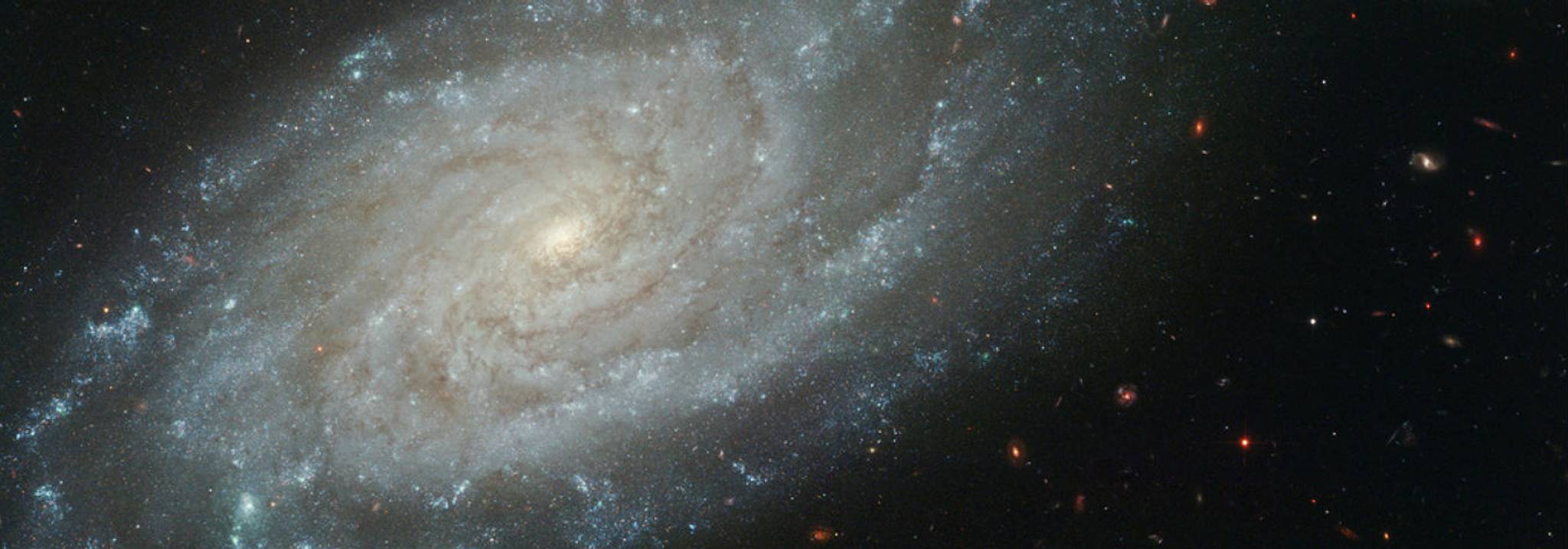
With 18 quintillion fully explorable virtual planets, No Man’s Sky is a computer game like no other, in terms of scale. But the seemingly limitless universe of the sci-fi PS4 and PC game has been blacklisted as hugely disappointing by many gamers, thanks in part to the predictably unmeetable hype that preceded its launch – as well as a fair few unfulfilled promises from developers.
No Man’s Sky promises each player a completely unique experience; an epic virtual reality version of the universe we already exist in, that would take five billion years to explore. The universe in question is procedurally generated, meaning that each planet is created by an algorithm, as and when the gamer finds it, complete with its own unique set of flora and fauna. Each gamer begins in a different spot of this mesmerising but desolate fictional universe, playing as an explorer with a broken ship.
Using a mining beam, they harvest materials to fix their ship, so they can travel to other planets, harvest more resources, leave, and continue to the next. And on, and on, with the occasional combat mission as the only variation. “The objective, always, is to craft more so you can explore more, in an endless, monotonous loop of non-achievement,” explains Vox journalist and No Man’s Sky player Peter Suderman. And that, it seems, is the problem.
Now, players are demanding their money back in droves, fueled by a viral reddit post that listed all the features promised in the run-up, but missing from the final game. There were even reports that big name retailers – including Steam and Sony – were giving refunds to players, even if they had played for 50+ hours. While the sellers have now clarified that they aren’t offering refunds outside of their normal policies – Steam’s is a two hour maximum playtime – the whole debacle has highlighted the perils of making promises in marketing that the product can’t live up to. Honesty is the number one quality consumers want to see from a brand, and Hello Games, the makers of No Man’s Sky, is paying dearly for misleading their audience.
But honesty isn’t the only thing Hello Games is paying for. On the surface, the game plays into a number of desires that are unique to a gamer gaming in 2016; it satisfies the desire for a personalised experience, plays into the popularity of crafting, à la Minecraft, and offers the satisfaction of discovering something for yourself.
But for many, those pleasures have failed to balance out the boredom that comes from endlessly repeating a task with little variation or reward. After all, in the age of loneliness, it’s hardly surprising that travelling through an infinite, seemingly empty landscape doesn’t hold much appeal for escapists. “It's important to remember that most video games are about fantasy,” says gaming journalist Maria Montoro. “About submerging yourself into an adventure that you can't have in real life.” It seems the promise of a universe of possibility, that delivers only a sense of futility, is something gamers have realised they can get from real life for free.
Discover more insights like this by signing up to the Canvas8 Library.
Katy Young is a Canvas8 behavioural analyst. She has a degree in American Studies and Film and an MA in Journalism. Her interests include wild swimming, thinking of podcast ideas and singing in an all-female choir.